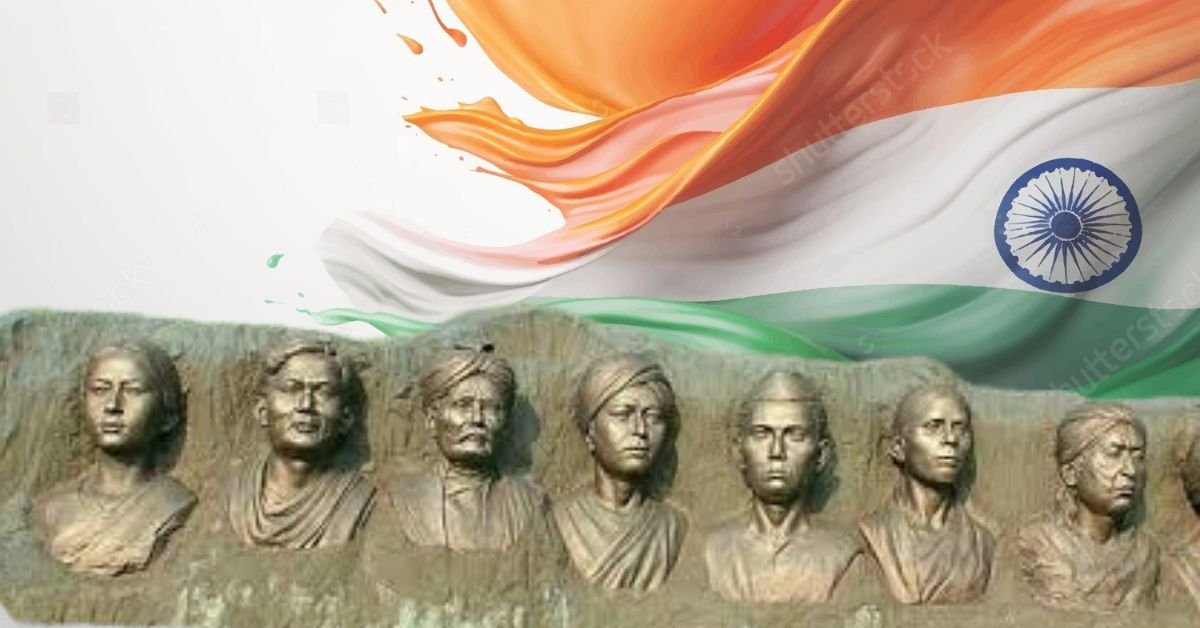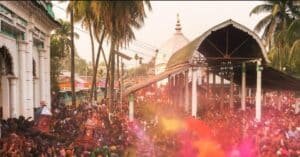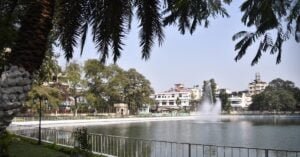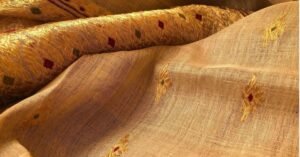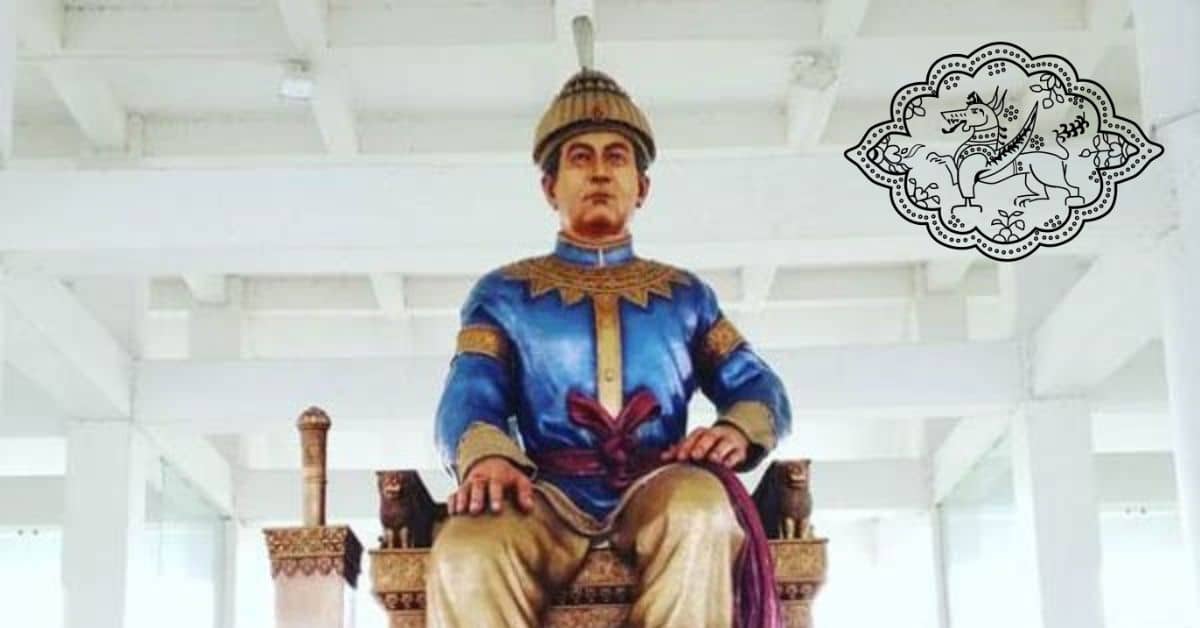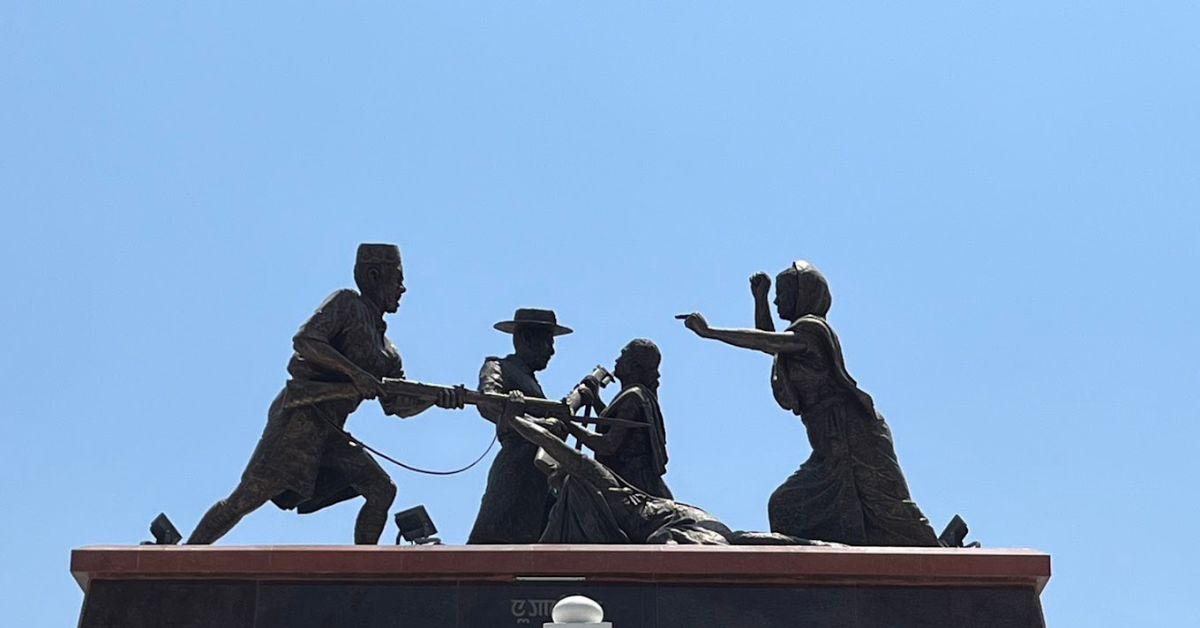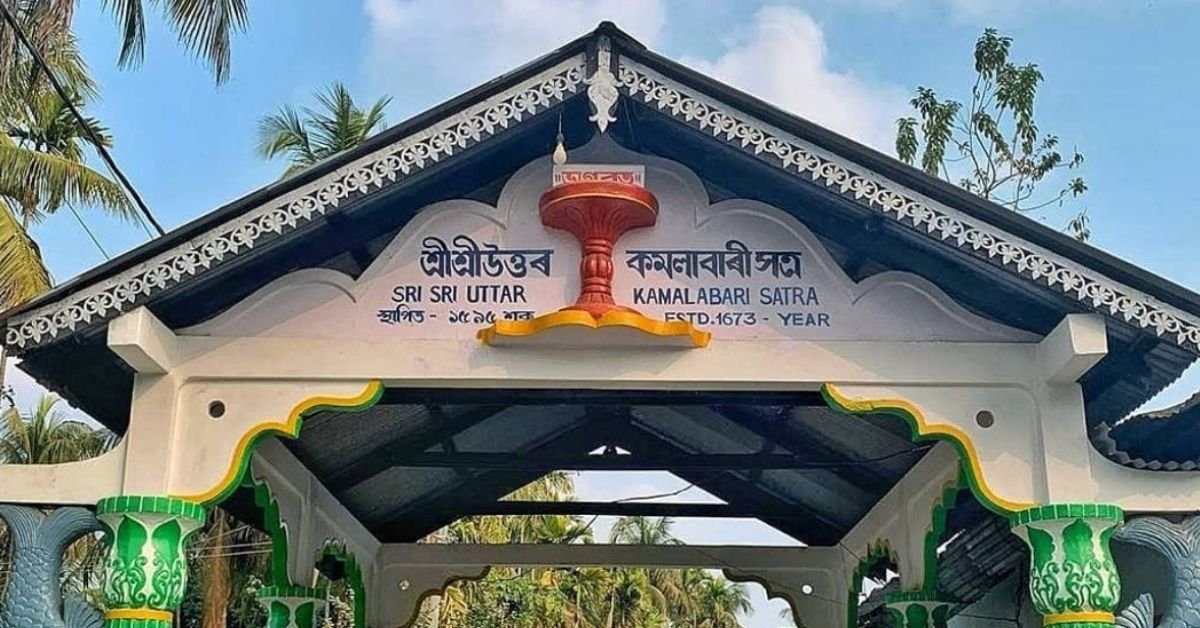The Independence Movement in Assam was a reaction to British occupation and exploitation. It started with the Treaty of Yandaboo (1826) when the British signed the treaty with Burma (Myanmar). The Freedom Movement in Assam can be divided into three phases: Sepoy Mutiny to Swadeshi Movement (1857 to 1905), Swadeshi Movement to Quit India Movement (1905 to 1942) and Quit India Movement to Independence Day (1942 to 1947). So, in this blog, we will list out all the freedom fighters of Assam according to these phases.
Freedom Fighters of Assam From 1857 to 1905
After the treaty of Yandaboo (1826), Assam entered into a new political and socio-economic phase. As soon the colonial juggernaut of British began to roll in Assam, the common people began to face the exploitation and the royalty and the felt deprivation. The Birtish gave more importance to the collection of taxes than the plight of common men and nobility. All these grudges against the british contributed to the first independence movement of Assam which became a part of pan-Indian phenomenon Sepoy Mutiny of 1857.
When we think of Sepoy Mutiny in Assam, the names of two freedom fighters of Assam come to our mind: Maniram Dewan and Piyali Baruah. The Chief planner of the revolt was Maniram Dewan but it was Piyali Baruah who brought the plan to action.
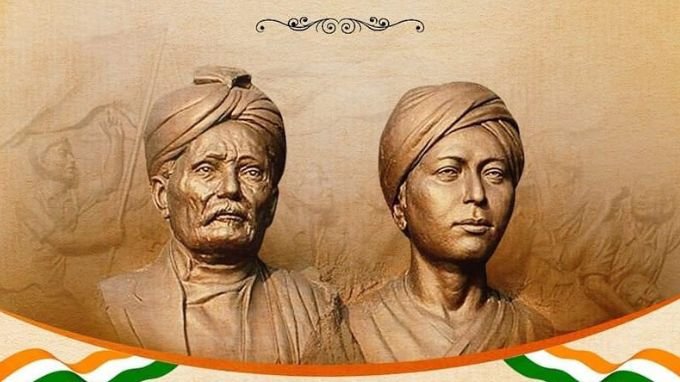
Maniram Dewan
Maniram Dewan (17 April 1806 – 26 February 1858), born Maniram Dutta Baruah in 1806 in Assam, was a prominent freedom fighter from Assam. He was also an entrepreneur and the first Assamese tea planter. Initially serving as a loyal Dewan (a high-ranking official) under the Ahom and later British administration, he became increasingly disillusioned with British rule. He was instrumental in establishing the Assam Tea Company and played a crucial role in promoting Assam’s tea industry. However, his growing discontent with British policies led him to support the 1857 Indian Rebellion, hoping to overthrow British rule and restore the Ahom monarchy. Unfortunately, the uprising was unsuccessful, and Maniram Dewan was arrested. He was executed by the British on February 26, 1858 along with Piyali Baruah, becoming the first Martyr of Assam in the struggle for India’s independence. His legacy as a pioneer in tea cultivation and a patriot who fought against colonial oppression remains influential in Assam’s history.
Piyali Baruah
When the Indian sepoys began their uprising against the British on 10 May 1857, Maniram seized the opportunity to restore Ahom rule. He sent coded letters to Piyali Baruah through messengers disguised as fakirs, urging Kandarpeswar Singha to rebel with the help of sepoys at Dibrugarh and Golaghat. The plan, supported by several influential local leaders, aimed to march to Jorhat, install Kandarpeswar as King during Durga Puja, and subsequently capture Sibsagar and Dibrugarh.
Maniram and Piyali were stark contrasts. While Maniram Dewan was a powerful and wealthy aristocrat favoured by the British for his charisma and knowledge, Piyali Barua was known to be a simple man who disapproved of any Western influence. While Maniram directed the revolt from Calcutta, it was Piyali who executed all the plans as the Chief Lieutenant in Assam. Maniram Dewan and Piyali Barua were charged with treason. On 26 February 1858, they were both hanged by the British in public at Jorhat.
Other important freedom fighters during this were Bahadur Gaonbura, Gharpahlia Baruah, Marangi Khowa Gohain, Ram Sirastadar Baruah etc.
Towards the end of the 19th century, several peasant revolts occurred in Assam, starting with the Phulaguri revolt in 1861. The British harshly suppressed this and subsequent revolts, including those in Patharughat, Rangia, Lachima, Sarthebari, and other parts of lower Assam in 1893-94. Ethnic hill tribes in Assam also sought freedom from British rule, but their revolts were similarly crushed.
During the phase of 1880s to 1905s, Assam witnessed the growth of a newly emerged educated Assamese middle class and the rise of national awareness among them. As a result, the new middle class made efforts to organise itself.
It is during that phase the Jorhat Sarbajanik Sabha was founded in 1884 by Jagannath Barua at Jorhat. Similarly, Assam Association was formed in 1903 by Manik Chandra Baruah. Both were the landmark in the political associations of Assam. Both associations were strongly against the partition of Bengal (1905). They opined that the political future of Assam would be endangered if Assam is annexed with East Bengal.
Jagannath Barua
Jagannath Barua studied at Presidency College, Calcutta. He was inspired by the work of associations like the Atmiya Sabha, Patriot’s Association, Indian Association and others in Bengal. He wanted to form similar association in Assam to represent the aspirations and grievances of the people and to pressurise the government to take steps to develop the province. Although the Jorhat Sarbajanik Sabha avoided coming into direct confrontation with the government, yet it raised its voice against exploitative government policies. However, after his death, Jorhat Sarbajanik Sabha declined. Jagannath Barua College of Jorhat is named after this great freedom fighter from Assam.
Freedom Fighters of Assam From 1905 to 1942
Freedom Movement in Assam got a fresh impetus during the Partition of Bengal ruling and the subsequent Swadeshi Movement. During this phase, tike the Indian National Congress, the Assam Provincial Congress Committee (APCC) was also a result of nationalist zeal against British rule. Freedom fighters of Assam organised under the banner of APCC to make a mass movement against British. Many leaders like Tarun Ram Phukan, Bishnuram Medhi, Ambikagiri Raichoudhury were borne out of APCC, rather they made APCC a successful anti-British forum in Assam.
Tarun Ram Phukan
Tarun Ram Phukan (1877-1939), often respected as Deshbhakta Tarun Ram Phukan, was a prominent leader from Assam. Educated at Cotton Collegiate School, Guwahati, Presidency College, Calcutta, and Inner Temple, London, he was a lawyer and lecturer. He played a key role in the Assam Association and later helped form the Assam Branch of the Indian National Congress in 1921, becoming its first President. Phukan actively participated in the Non-Cooperation Movement and was imprisoned for one year in 1921. He chaired the Reception Committee at the 1926 Pandu Session of the Indian National Congress and worked for the upliftment of underprivileged sections, including establishing a leper asylum in Guwahati. He was also a notable orator, writer, and President of the Asam Sahitya Sabha in 1927. Phukan’s contributions are commemorated annually on Desh Bhakti Divas by the Government of Assam.

Ambikagiri Raichoudhury
Ambikagiri Raichoudhury (1885–1967) was a multifaceted Assamese poet, lyricist, singer, prose writer, journalist, magazine editor, social worker, and a prominent freedom fighter. Known as “Assam Kesari” (Lion of Assam), he played a crucial role in India’s freedom struggle, particularly in Assam. His literary works, infused with patriotic fervor, inspired many to join the fight for independence. As a leading figure in the movement, Raichoudhury’s activism extended beyond writing; he was deeply involved in various social and political activities aimed at mobilizing the masses against British rule. His contributions to Assamese literature and the freedom movement have left an indelible mark on the region’s history.
Bishnuram Medhi
Bishnuram Medhi (24 April 1888 – 21 January 1981) was an Indian politician and freedom fighter who served as the Chief Minister of Assam from 1950 to 1957 and as the Governor of Madras State from January 1958 to May 1964. Born into a poor Assamese peasant family in Hajo, he excelled academically and pursued higher education in organic chemistry and law. Medhi joined the Indian National Congress in the 1920s and was actively involved in the Non-Cooperation Movement. He played a key role alongside Gopinath Bordoloi in securing Assam’s inclusion in India during independence and later served as the finance minister in Bordoloi’s cabinet before becoming Chief Minister.
With formation of the Assam Provincial Congress Committee in June 1921, the freedom movement in Assam entered into a new chapter. The Non-cooperation movement in Assam reached its climax with the visit of Gandhi to Assam in August 1921. Some of the prominent youth leaders of the movement were Lakhidhar Sarma, Rohinikanta Hatibarua, Bimalakanta Barua, Kanak Chandra Barua, Benudhar Sarma, Tilak Sarma and so on. Many Assamese lawyers like Nabin Chandra Bordoloi, Kuladhar Chaliha, Tarun Ram Phukan, Kamini Kumar Chanda, Bishnuram Medhi left their legal practices and joined the movement.
Nabin Chandra Bordoloi

Karmavir Nabin Chandra Bordoloi (1875–1936) was a visionary, great statesman with a rare political acumen, brilliant orator, freedom fighter, singer-composer, writer and an erudite scholar. He was a prominent leader from Assam in the Non-cooperation movement. He was conferred with Karmabir title for his works and contribution towards the people of Assam. One of the greatest achievement of his is that he single handedly persuaded the colonial rulers to include Assam in the Chelmsford-Montague administrative reform policy. Another milestone achieved by Bordoloi was the recognition for the Assam Pradesh Congress Committee by All India Committee. But, his greatest achievement was the holding of the Congress Session in Assam although everybody discouraged him as such a mega event seemed impossible. It was at his initiative the Cotton College was established. Several other institutions like the Earle Law College, Kamal Dev Institution and Ananda Library at North Guwahati, Kumar Bhaskar Natya Mandir, a khadi mill, Asom Seva Sangha, among others, came up as a result of his relentless efforts.
Another freedom fighter of Assam who made immense contribution towards the growth of national movement in Assam during the phase between Non Cooperation Movement and Quit India Movement is Omeo Kumar Das.
Omeo Kumar Das
Young leaders like Omeo Kumar Das (21 May 1895 – 23 January 1975) appealed to the students to join the movement. When Gandhiji launched the Non-cooperation movement in 1920, Omeo Kumar Das took it upon himself to mobilize the youth around him to take partHe was one of the leaders of the Civil disobedience movement of 1930 in Assam and was jailed many times during the freedom struggle. His never-say-die attitude and nationalistic spirit got him elected to the Assam Legislative Assembly and the Constituent Assembly in 1937 and 1945 respectively. He translated The Story of My Experiments with Truth, the autobiography of Mahatma Gandhi, into Assamese language.
Freedom Fighters of Assam From 1942 to 1947
As in other parts of India, major Congress leaders in Assam were arrested, and the Assam Pradesh Congress Committee, District Congress Committee, and other related organizations were declared unlawful during the Quit India Movement. During this period, the movement evolved into a mass struggle against the British government, with hundreds of people across Assam joining in anti-government activities. Many revolutionaries and freedom fighters from Assam emerged from this movement. Leaders like Sankar Chandra Barua, Mahendra Nath Hazarika, Jyotiprasad Agarwala, Lakhiprasad Goswami, Brajanath Sarma, and Gahan Chandra Goswami played significant roles in mobilizing the public. However, two prominent figures from this movement were Kushal Konwar and Kanaklata Barua.
Kushal Konwar
Kushal Konwar (1905 – 1943) was a ‘Satyagrahi’ and Gandhian, a descendant of the Ahom dynasty. He pledged to remain a vegetarian and accepted the Shrimad Bhagawad Gita as his only companion. Ever since the Salt Satyagraha led by Mahatma Gandhi in 1931, Konwar even stopped taking salt. On 10th October 1942, hidden in the thick fog of early morning, some people removed few sleepers from the railway line near Sarupathar in Golaghat district. A Military train passing by derailed and many British and American soldiers lost their lives. Accusing Kushal Konwar of being the chief conspirator of the train sabotage, the British police arrested him.
In the jail as an undertrial prisoner, Konwar came into contact with a number of prominent leaders of Assam, like Lokapriya Gopinath Bordoloi, Fakhruddin Ali Ahmed, Bimala Prasad Chaliha and others and he was popular with all of them. His knowledge about the Gita, the Bhagawat and the Kirtan Ghosha, his moral outlook and his progressive ideas impressed everyone. At dawn on 15th June 1943 at 4:30 am, Kushal Konwar was hanged at Jorhat Jail.
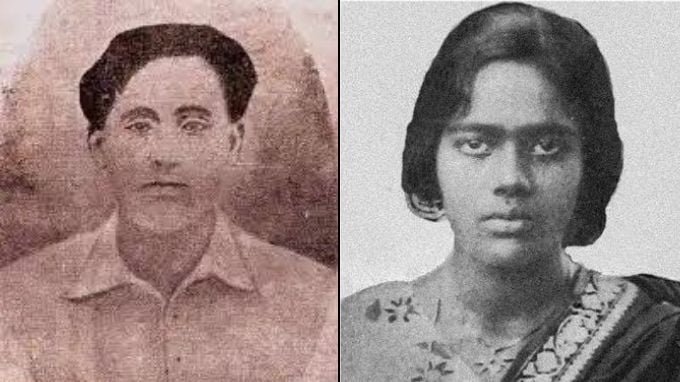
Kanaklata Barua
Kanaklata Barua (1924–1942) was a brave and young freedom fighter from Assam who became a symbol of resistance during India’s struggle for independence. Born in the Gohpur region of Assam, she was deeply inspired by the fervor of the Quit India Movement. At just 17 years old, Kanaklata joined the struggle against British rule and became an active member of the Mrityu Bahini, a death squad of young volunteers willing to sacrifice their lives for the country. On September 20, 1942, she led a group of unarmed villagers in a procession to hoist the Indian national flag at the Gohpur police station. Despite warnings from the police, Kanaklata insisted on raising the flag, demonstrating extraordinary courage. Tragically, she was shot and killed by the police, becoming a martyr at a young age. Her sacrifice and indomitable spirit have made her a revered figure in Assam’s history and an enduring symbol of youthful bravery and patriotism.

